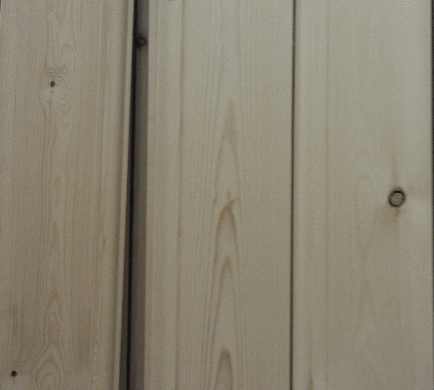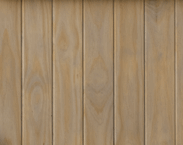Timber Type
We can manufacture windows from just about any timber that is available to us. Hardwoods are often preferable to pine due to there beautiful appearance and durability. The timbers we can use are listed below. The pictures of the timbers are for illustration only and might not be the same as in real life.
Softwood
The most common timber we use is softwood due to it's cost effectiveness. Softwood isn't as durable as hardwoods but with modern timber window design and treatments a softwood window could last just as long as a hardwood window. The advantage of softwood over hardwoods is that it is a better insulator and thus gives higher energy ratings. The softwood we use is scandinavian green split heart free unsorted grade, which is the highest grade of solid softwood available.
Accoya
Accoya is a natural softwood timber which has been chemically altered to give an amazing performance in durability and stability. If you want the ultimate in durability and stability then this is the timber to have. The manufacturers are so confident they give a 50 year guarantee with it. The dimensional change (swelling) is so minute that it is no longer an issue, i.e., virtually no more sticking or warping doors or casements. Coatings are proving to last several times longer with any other timber due to its lack of dimensional change. This means maintenance has been reduced to retreating once every 10 years or probably a lot longer. No one really knows how often Accoya needs to be retreated because it is lasting so long that we are still waiting for it to degrade enough to need it but people are saying at least 10 years. Please read the manufactures website Accoya. We also believe that Accoya is well worth its cost. The timber itself costs about 30% more than your typical reasonably priced hardwoods such as Sapele. This translates into an overall window cost increase of around 10% compared to Sapele hardwood, which isn't that much considering the benefits of Accoya. Being a softwood Accoya gives better insulating properties than hardwoods and thus gives rise to windows with higher energy ratings. Accoya can be treated with opaque paints or translucent stains.
Sapele
This is a mahogany hardwood which is usually deep reddish brown. Sapele is characterised by a marked and regular stripe, particularly pronounced on quarter-sawn surfaces. Occasionally, mottle figure is present. It is fairly close textured and the grain is interlocked. Its density is about 640 kg/m³ when kiln dried. Sapele will take most paints, stains and polishes well. It is a good hard-wearing hardwood and is fairly oily which makes it very good for external joinery. Most hardwood joinery we make is made in this species. The cost of an sapele window is approximately 1.5-2 the expense of a softwood window.
Iroko
Iroko’s colour is usually golden-brown, but as pictured to the left can vary quite dramatically. Most is like the bottom shade of the picture. The grain is usually interlocked and the texture is rather coarse but even, and the wood weighs on average 660 kg/m³ when dried. This timber is very durable and is quite oily. This makes it superb for all exterior joinery. With its oily properties, generally the timber will only accept stains, but can be painted with specialist primers. When selecting the timbers during manufacture we would try to minimise colour variance, but there will undoubtedly be some. The cost of an iroko window is approximately 2 to 3 times the expense of a softwood window.
Oak
Oak is normally an attractive light brown colour and is a fairly constant shade. The graining is usually regular and quite distinctive. The density is usually 720kg/m³ when kiln dried. The timber is very durable, distinctive and will accept stains and oils very well. The cost of an oak window is approximety 3 to 4 times the expense of a softwood window. Colour Variance All hardwoods will have varying degrees of colour variance which can be noticed where timbers meet each other. Through a process of selection this effect is reduced but it cannot be totally eradicated. Ron Currie & Sons Ltd does not guarantee colour matching. The most noticeable variance is with Iroko as pictured above. Colour variance can also be reduced through the use of dyes and stains.







